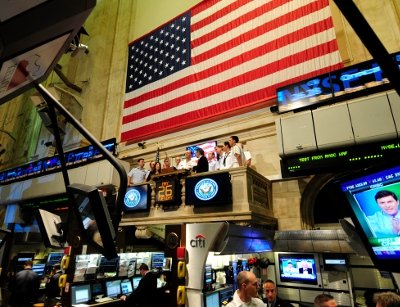NYSE Euronext announced Thursday that IntercontinentalExchange (ICE) will buy it for a total of about US$8.2bn. Besides the trading floors of its exchanges, NYSE has a massive and advanced data center infrastructure ICE will inherit once the acquisition is closed.
Here is a look at what we know about NYSE’s data centers:
The exchange operator has recently consolidated its infrastructure and built two brand new massive data centers: one in Mahwah, New Jersey, and the other in Basildon, UK (not far from London). The footprint of each of the buildings is 400,000 sq ft total, and the company brought online initial phases at both facilities over the last two years.
NYSE had six data centers in the US and two in Europe prior to the consolidation project.
The data centers support trading infrastructure but also offer colocation space to financial-services firms who want to place servers in proximity to this infrastructure. This is premium colocation space because of the low latency close proximity to exchange servers enables.
The Mahwah facility is designed to contain five 20,000 sq ft modules, and its total power capacity is 28MW. In Basildon, NYSE can go up to seven 3MW 10,000 sq ft modules.
Besides providing colocation services itself, NYSE also takes space with other data center providers as a means to expand the geographical reach of its network.
In February 2011, for example, it announced it had extended its Secure Financial Transaction Infrastructure (SFTI) into an Interxion data center in London. There, it is offering direct connectivity to its infrastructure to financial-services players colocated at the facility.
In another example, the company extended SFTI infrastructure into a Q9 data center in Toronto, which it announced in February 2012. It expanded reach into Asia through an SFTI connection to a Singapore data center operated by SGX.
Equinix has a similar deal with NYSE as well.
Around June 2011, NYSE launched a cloud-computing platform for high-frequency trading, called the Capital Markets Community Platforms. Through this platform, the company provides on-demand computing resources with access to traders, market data and NYSE’s technology services for traders.
In May of this year, NYSE opened its data centers to third-party carriers and vendors, which means its colocation customers can use services by providers other than NYSE itself.

